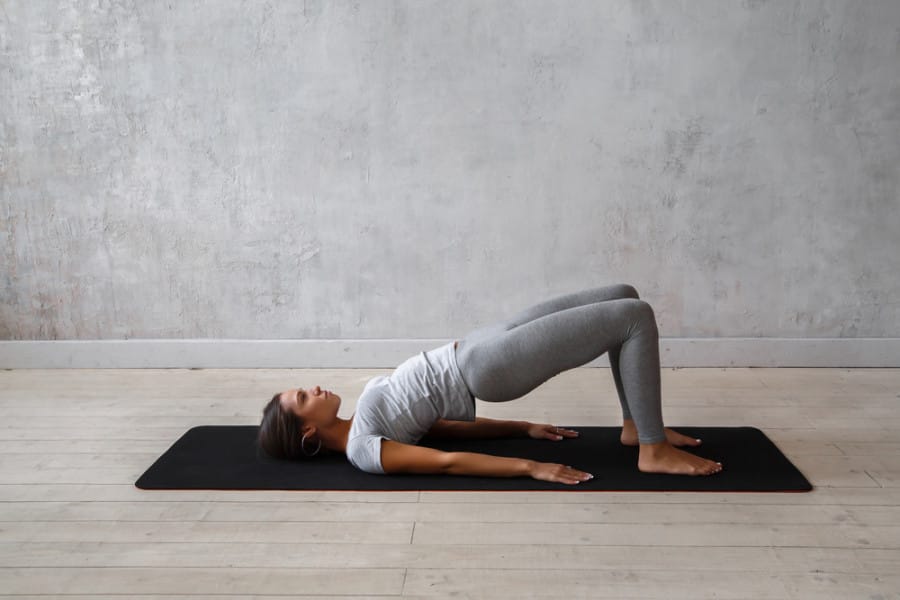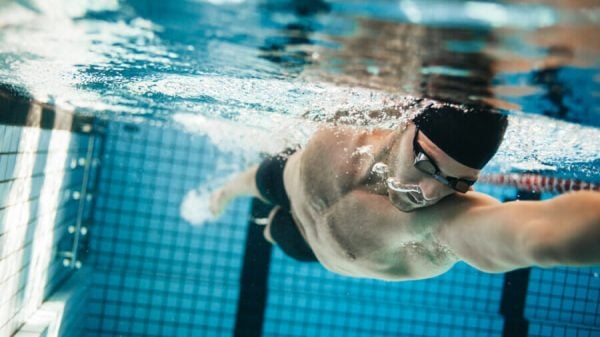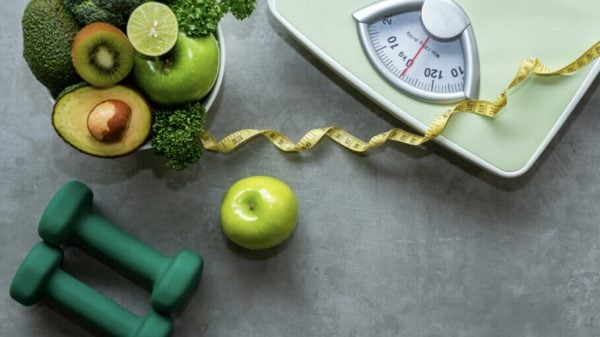The yoga position known as bridge pose, also referred to by its Sanskrit term setu bandha sarvangasana, serves as a foundational posture in the majority of yoga routines. It can be accessed by novices while presenting a challenge to those at a more advanced level. This specific posture not only aids in fortifying the core but also delivers noteworthy advantages regarding flexibility and spinal wellbeing.
Esther Yaniv, MD, E-RYT 200, a physician specializing in physical medicine and rehabilitation along with being a certified yoga instructor, emphasizes, “Bridge pose is a holistic workout for core strength.” She clarifies that this position targets deep postural muscles, particularly focusing on the multifidus muscles which are essential for supporting the spine. These multifidus muscles are deep-seated stabilizing muscles running along both sides of the spinal column.
The core of this article will examine the core essence of bridge pose, illustrating how to execute the pose with grace and vigor.
Bridge Pose Advantages
The bridge pose, or setu bandha sarvangasana, bestows an extensive range of benefits that encompass physical, mental, and emotional aspects of well-being.
Primarily, it amplifies spinal flexibility and expands the chest and heart region leading to enhanced posture and breathing capacity. Moreover, it fortifies the back, buttocks, and hamstring muscles while potentially aiding in better digestion by invigorating the abdominal organs.
Nonetheless, while the advantages are plentiful, incorrect execution of the bridge pose can result in undue stress on the neck and back. Improper technique might also exert unnecessary strain on the knees and shoulders. It is imperative to engage the core consistently throughout the pose to bolster the lower back and prevent the knees from splaying outwards.
Physical Perks: Power, Flexibility, and Spinal Well-being
- Core Stability: Bridge pose plays a pivotal role in enhancing core strength, a vital component in yoga practice. Reinforcing the core muscles through this posture establishes a strong basis for overall body stability and power.
- Spinal Flexibility and Chest Expansion: Regular practice of the bridge pose can notably boost spinal flexibility. As you elevate and elongate during the pose, it additionally stretches the chest and shoulders, counterbalancing the repercussions of extensive sitting or forward bending.
- Alleviating Back Discomfort: Bridge pose can furnish relief for individuals contending with back pain. Dr. Yaniv comments, “Bridge pose triggers and reinforces the multifidus muscles, providing support to the spinal column and fostering back health.” It gently reinforces the back muscles, aiding in diminishing discomfort and enhancing posture.
Mental Gains: Calmness and Concentration Sanctuary
- Stress Alleviation and Serenity: In today’s fast-paced society, alleviating stress is indispensable. Engaging in yoga promotes serenity and assists in mitigating stress and anxiety symptoms.
- Augmented Concentration and Mindfulness: Maintaining the bridge pose necessitates focus and mindfulness. Cultivating this mental discipline on the yoga mat can translate into enhanced concentration and clarity in everyday life.
Integrating the bridge pose into your yoga regimen yields multifaceted benefits, from fortifying your core to providing a moment of mental tranquility. It is a posture that embodies the quintessence of a holistic yoga practice.
Steps to Execute Bridge Pose, Elaborated
To master bridge pose (setu bandha sarvangasana), it is crucial to comprehend and execute each step meticulously and mindfully. Here is a succinct guide to aid you in accomplishing this empowering posture.
- Lie on your back on a comfortable yoga mat.
- Bend your knees and position your feet hip-width apart on the floor ensuring they are in proximity for your fingertips to gently graze your heels when extending your arms entirely.
- Exert pressure into your feet and arms firmly to establish a sturdy foundation.
- Activate your core muscles and hoist your hips toward the sky, forming a straight line from shoulders to knees. Ensure your thighs and feet remain parallel to prevent inward or outward swaying.
- To deepen the pose, clasp your hands beneath your back. Push down with your arms to elevate your hips further, ensuring your knees remain directly over your ankles without spreading outwards.
- Maintain a neutral spine (the natural curvature of your spine) to evade straining your lower back by excessive arching. Simultaneously engage your core to support this alignment.
- Relax your neck and refrain from straining it by excessively raising your chest.
Pivotal Alignment Cues for Correct Form
- Neutral Spine: Refrain from overextending the lower back. Activate your core to preserve a neutral spine.
- Parallel Thighs: Keep your thighs parallel to prevent outward knee splaying.
- Unwound Neck: Sustain a relaxed neck and deter strain by excessively elevating your chest. Dr. Yaniv advises, “Abstain from tucking your chin to the chest or overextending your hips.”
Duration for Holding Bridge Pose
The ideal duration for maintaining bridge pose fluctuates based on your proficiency level and comfort. Ordinarily, holding the pose for 30 seconds to one minute is advantageous. Counting breaths can aid, targeting for five to 10 breath cycles. It is vital to listen to your body and abstain from exerting undue pressure, particularly when acquainting yourself with the pose.
Optimal Time for Practicing Bridge Pose
Bridge pose can be incorporated at the onset or conclusion of a yoga session. In the beginning, it functions as an exceptional warm-up for the spine and chest. Towards the end, it serves as a calming, restorative pose to conclude the session.
Embedding Bridge Pose into Your Yoga Routine
Integrating bridge pose into your yoga practice can be customized to align with your objectives. Infuse it in the core or middle segment of your routine for strength and flexibility targets. For relaxation and stress relief, include it toward the end of your session. Remember, bridge pose is adaptable and seamlessly meshes with diverse phases of your practice, proffering distinct perks at each juncture.
Alterations of Bridge Pose
Bridge pose presents numerous alterations to cater to varying abilities and physical requisites. These variations not only diversify your yoga practice but also target different muscle groups and cater to diverse health concerns. Dr. Yaniv stresses the significance of adapting the pose as per necessity, utilizing aids like blocks or straps to buttress your practice and enhance its benefits.
Mild Bridge
Designed for novices or individuals with back issues, this variant involves a slight elevation of the hips while maintaining a relatively flat back. You can utilize a yoga block beneath the sacrum for additional support.
Restorative Bridge
This rendition entails lying on your back with a yoga block under the sacrum and a strap encircling the thighs for support. It provides a calming and nurturing experience, suitable for beginners, individuals with back concerns, or anyone seeking relaxation or improved sleep.
Single-leg Bridge
To up the ante, elevate one leg toward the ceiling while executing the bridge pose. This variation intensifies the workout, with a specific focus on the glutes and hamstrings of the supporting leg. Remember to alternate sides midway through your breath cycles.
Bridge with Chest Expansion
If clasping your hands beneath you is unattainable, utilize a strap between your hands to enhance chest opening. This tweak is commendable for boosting shoulder flexibility.
Full Wheel Pose
In a more advanced edition, practitioners position their hands next to their head and elevate into a full backbend. This maneuver should be attempted by experienced individuals to avoid injury.
be tested by those with sufficient back flexibility and strength.
If you engage in Pilates, you may ask yourself: What sets apart the bridge position in yoga from the bridge in Pilates?
In yoga, the bridge posture centers around expanding the chest, enhancing spinal flexibility, and fostering serenity and mental tranquility. In contrast, bridges in Pilates focus on fortifying the core, specifically targeting the abdominal muscles, buttocks, and hamstrings, with a greater emphasis on pelvic stability and alignment. While both disciplines involve raising the hips off the ground, yoga often maintains the posture for extended periods to stretch and relax, whereas Pilates employs dynamic movements to activate muscles and build strength.
Adjustments for bridge posture
Adapting the bridge pose ensures it accommodates and challenges all practitioners. Here are vital adjustments for varying requirements:
For neck discomfort
- Padding: Position a folded blanket or cushion beneath the shoulders to align the neck and alleviate strain.
- Alignment: Keep the neck elongated and avoid tilting the head to the side.
- Subtle approach: Concentrate on a comfortable lifting height without overextending the neck.
For novices
- Assist with a yoga block: Place a yoga block under the sacrum for support, adjusting its height as necessary.
- Focus on alignment: Maintain alignment of knees and feet, guaranteeing a sturdy and secure base.
For an added test
- Exercise ball: Utilize an exercise ball under your feet to activate more core muscles and enhance balance.
- Lively leg movements: Experiment with lifting one foot off the ball or extending a leg upwards to intensify the posture.
- Gradual advancement: Initiate with shorter durations and gradually increase as strength and balance enhance.
Frequent errors individuals commit in bridge posture (and how to evade them)
Acknowledging prevalent blunders in bridge pose can greatly amplify its advantages and prevent injuries.
- Collapsing knees: Permitting the knees to collapse outward is frequent, straining the knees and lower back. Concentrate on keeping the knees at hip-width apart and parallel to each other.
- Overarching the lumbar area: Extending the lower back excessively can cause discomfort and strain. Uphold a neutral spine by engaging the core and glutes.
- Raising the hips excessively: Dr. Yaniv notes that lifting the hips excessively can be “jolting to the lower spine sections.” Rather, she suggests “softening the hip creases while contracting the glutes as the hips rise off the ground.”
- Neglecting the neck: Applying excessive pressure on the neck is a prevailing mistake. Ensure your neck stays relaxed, with most of the weight supported by the shoulders and upper back.
- Hurrying through the posture: Hastening into and out of the bridge pose can lead to muscle strain. Enter and exit the pose gradually and in a controlled manner.
- Disregarding breath: Breathing is essential in yoga, particularly in bridge pose where some individuals tend to compress the throat. Yani advises inhaling as you ascend, holding the posture for two to three breaths, and exhaling upon release. The synergy of breath and movement embodies the essence of yoga.










